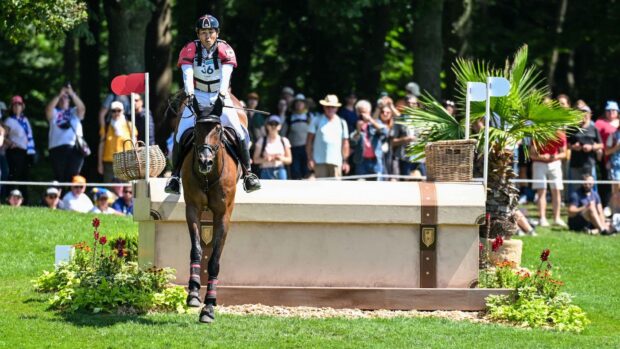The BHS is putting fire prevention at the forefront of its agenda this week with the launch of a new book, Guidelines for Fire Safety in Equine and Agricultural Premises, by former fire brigade officer Harry Paviour.
“Fire is still an ongoing problem,” says Wendy Peckham, who edited the book for the BHS. “In the last two or three months there have been at least two reports in Horse & Hound of cases of fires where horses lost their lives.”
The BHS is urging livery yards and individual horse owners to take out a risk assessment and follow some simple fire safety rules. “There are people who are hanging their horse rugs on makeshift lines over the top of gas cookers,” says Peckham. “We can’t live with this ‘It won’t happen to me’ attitude. You have got to make sure it won’t happen to you.”
The book explains how to do that. Paviour approached the BHS with the idea for Guidelines for Fire Safety in Equine and Agricultural Premises after having attended many large fires in rural areas – especially in farms and equestrian businesses – which could have been prevented or contained with some care and forward planning.
Individual horse owners and livery yards should start their fire prevention strategy from a thorough assessment of the risks. They should especially evaluate whether the layout of their yard is likely to increase the chances of fire taking place and spreading quickly across the premises. Where and how people wire for electricity, for example, is crucial, as is the location of the garage in relation to the stables and the hay store.
Yards that have gas bottle stores should ensure that containers are well away from potential fire hazards, because containers which are heated by fire could become dangerous missiles. “You only have to watch one of these propelling itself for 200 or 300 yards. It makes you wonder about the colour of your trousers,” Paviour writes in his book.
But owners should also be prepared for disasters to minimise the damage. They should plan in advance how to get horses out of the fire and where to put them while the fire is being attended. And they should ensure they have at hand every scrap of information a fire brigade may require to act quickly. People should watch out for roads that are too narrow for a fire engine to go through, for example, or for bridges that have weight limits.
“[Paviour] takes you through everything you may find in a yard,” says Peckham. “It’s a very interesting and very important read.”
Guidelines for Fire Safety in Equine and Agricultural Premises will be launched at Your Horse Live in Stoneleigh Park, Warwickshire, on 6 November. It can be ordered via the BHS Bookshop (tel: 08701 201918) and costs £29.99 plus p&p.




